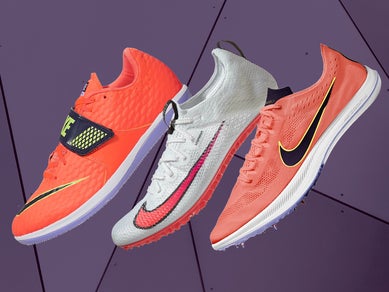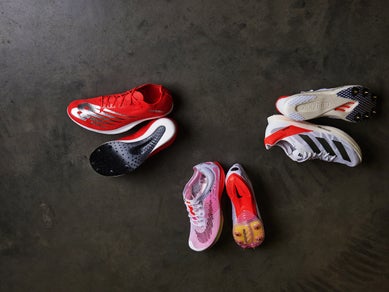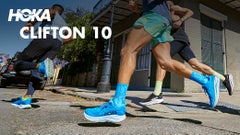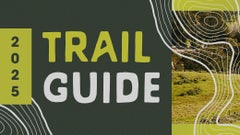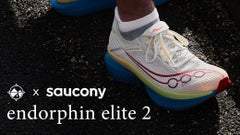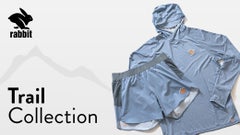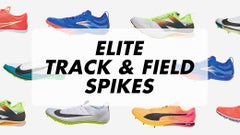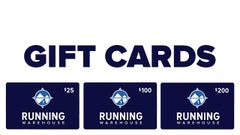How to Fit Track & Field Spikes
Updated: October 7, 2024 by Connor Fisher
Here at Running Warehouse, we understand that track and field shoes are an important part of taking your performance to the next level. Whether you are a sprinter, jumper, hurdler, or thrower, there are shoes that are specifically designed to enhance your performance in each event. In general, track and field spikes are going to fit more snugly than traditional running shoes, but knowing what type of spike you are looking for will help you find the perfect fit for your specific event. Below, we have broken down the desired fits for each track and field event.
If you are unsure what type of track and field shoes you need, read our guide on what type of spike is best for you, and check out our video below.
Find Running Shoe Size
Knowing your running shoe size is the first step in finding your track spike fit. Starting with your normal running shoe size helps to zero in on the proper fit by taking out the guesswork. Now for each discipline, there are some nuances to how each feels on your foot with factors such as support and lockdown. But to get a good start on getting that proper size, follow our guide on how to measure your foot to determine your correct running shoe size.
Track Spike Fit: Glove vs. Slipper
Now that you know your running shoe size, you can apply that to find your track spike size. They are going to be snugger than standard running shoes and will fall into a glove-like or slipper-like fit category. These profiles offer different advantages that are specific to each event.
Glove-like Fit
A glove-like fit is the tightest profile for spikes. In this category, the upper should match the outline of your foot with hardly any space to move around in. Your toes should reach the end of the shoe without touching or being jammed against the front. This is so that your foot does not slip or move around, focusing all of your energy into forward motion. These shoes are made for explosive movements and short durations. They have stiff soles and uppers that lock down the foot. These types of spikes will generally require half to a full size down from your normal running shoe size, and this is the best fit for sprint, jump, and throw shoes.
| Discipline | Event |
|
Sprint |
100m, 200m, 400m, 4x100, and 4x400 sprint relays. |
|
Hurdle |
100m hurdles (men) 110m high hurdles (men), 100m hurdles (women), 400m hurdles |
|
Jump |
Long jump, triple jump, high jump, pole vault |
|
Throw |
Discus, hammer, shot, javelin |
Slipper-like Fit
Slipper-like fit describes a more relaxed fit for track spikes. Your toes should be close to the front of the shoe but still have room to move around. The shoe should hold your heel in without movement and have a solid hold through the midfoot. There should be a small amount of space in the toebox, but with a snugger fit than standard running shoes. These spikes are extremely lightweight and have semi-flexible soles. These types of spikes will fit using the same size or half a size down from your standard running shoe size. A slipper-like fit is best for mid-distance and long-distance spikes.
| Discipline | Event |
|
Mid-distance |
800m, 1500m, 1600m (1 mile) |
|
Long-distance |
3000m, 3200m (2 miles), 3000m steeplechase, 5000m (3.1 miles), 10,000m (6.2 miles) |
